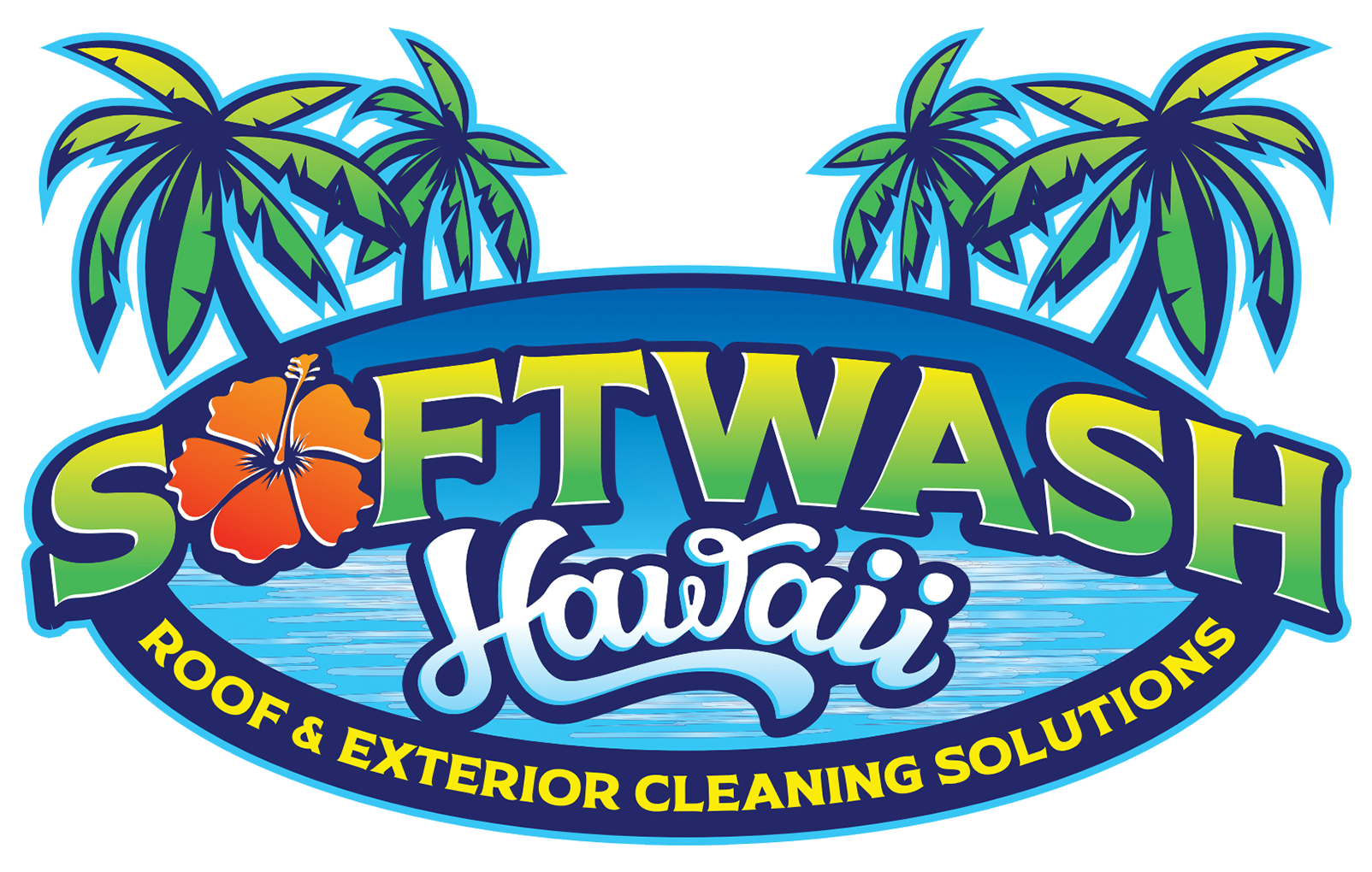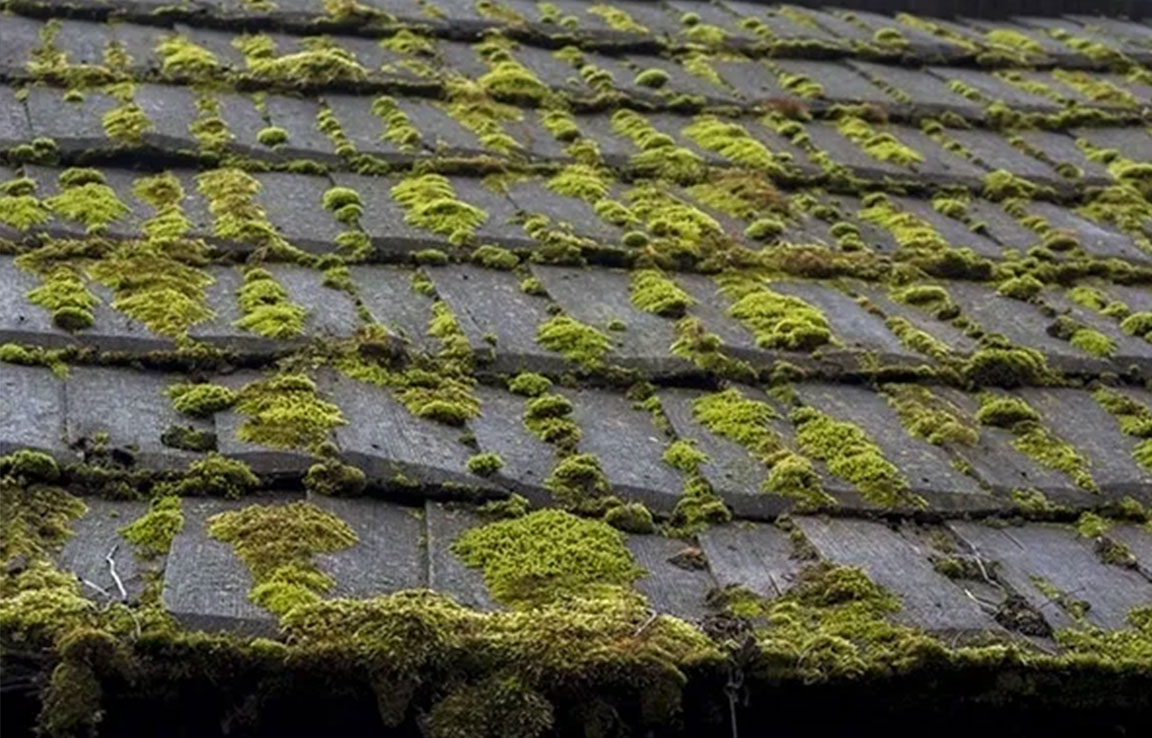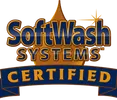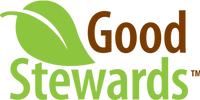A sound professional knowledge of plant micro-biology – growths that give a property the “dirty” appearance and which soft washing treats and removes –will give your customers confidence in your services and encourage them give you valuable referrals.
So we thought to share some basic plant micro-biology with you, specifically about the growths that colonize properties and that customers want removed, which will be helpful when talking with your soft washing customers.
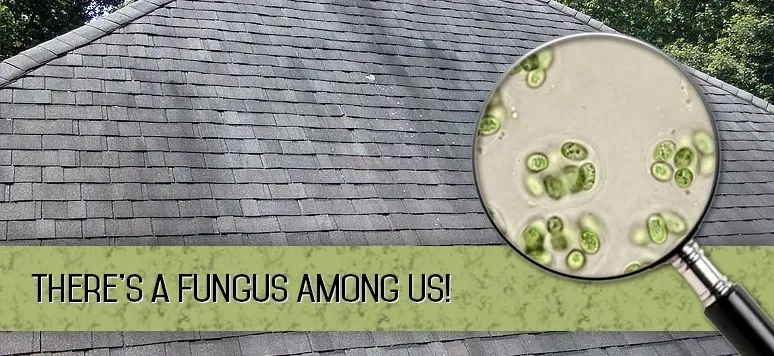
Algae feed on mineral salts require light to grow. They appear as green, red or brown areas consisting of powdery deposits or filaments that may turn to slime under wet conditions. They are found on all types of substrates and are especially abundant in warm, damp conditions (as we are increasingly experiencing during our winters).
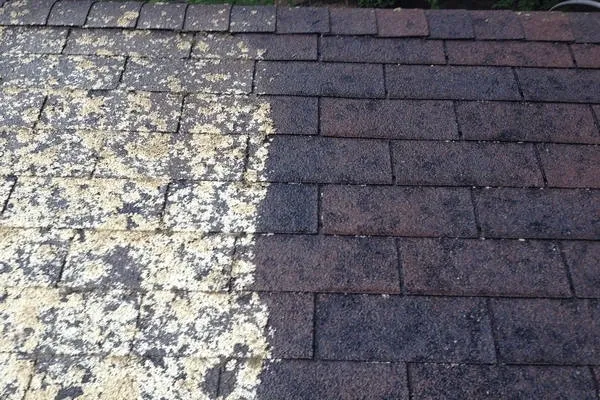
Lichens (pronounced “lichens” in British English and “likens” in US English) feed on mineral salts and require light to grow. They may consist of leathery incrustations on the surface or may be more deeply rooted, which is what makes them so challenging to remove. They can be white, orange, green, grey or black. Found on all types of surfaces including concrete paving slabs, and especially soft sandstone, they are often called “black (or white) spot”.
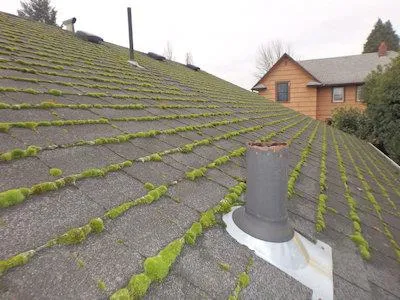
Mosses feed on mineral salts and require light to grow. They typically consist of a green cushion of spiky tufts but may also be low and spreading. They are usually brown when dry. Usually found on surfaces where salts, soil and dirt have accumulated and commonly occur on roofing materials.
Liverworts feed on mineral salts and require light to grow. They are typically leafy, close growing, green colored plants but some occur as a leathery tissue and may resemble lichens. They are usually found on surfaces where soil and dirt have accumulated and commonly occur on stone walls.
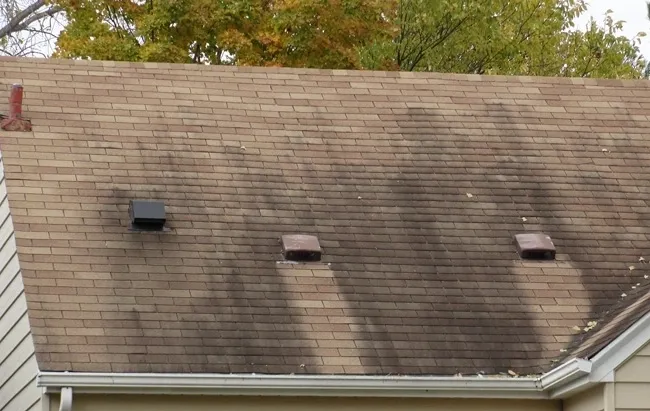
Molds live off organic material and do not need light to grow. They appear as spots or patches which may spread to form a furry layer on the surface that can be grey, green, brown, white or black. They may grow within or behind paint causing a stain, usually pink or purple, but the mold itself may not be visible. Flaking can occur.
They are commonly found on painted surfaces and on surfaces where dirt and dust accumulate. They also occur on and under wood stains, glazing, putty, building sealants and plastics.
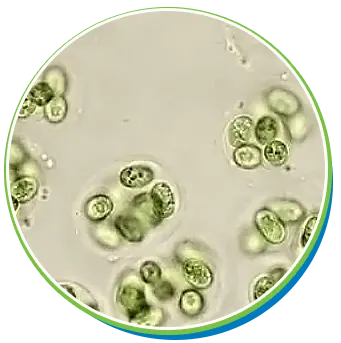
Bacteria live off various food sources, do not need light to grow, and are not visible to the naked eye. They are capable of causing discoloration, and some bacteria cause deterioration of stone and corrosion of metals.
We hope this information is helpful.
For questions and inquiries, CONTACT Softwash Hawaii.
